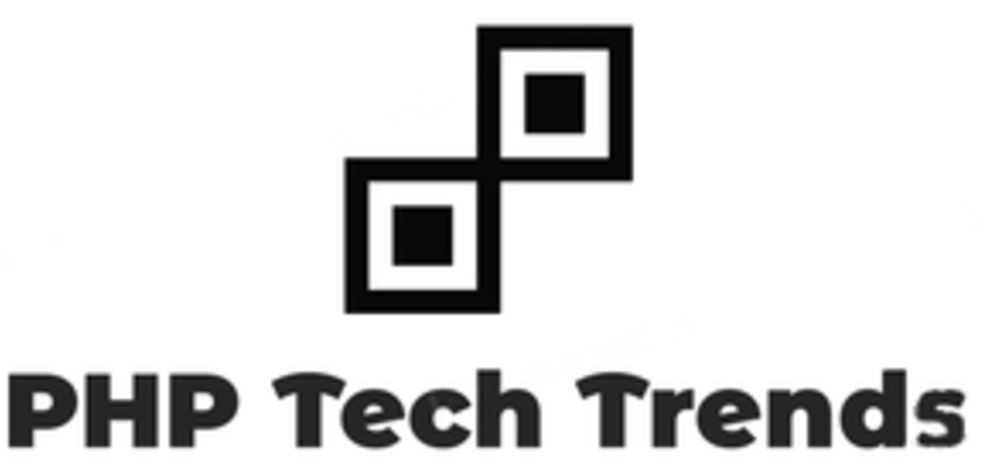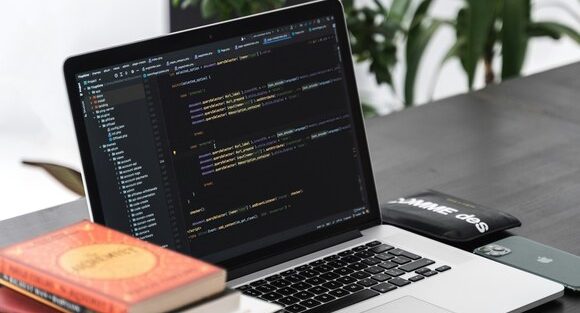Welcome to the realm where PHP meets the cloud – a dynamic duo that powers countless applications and websites across the digital landscape. As we delve into the intricate world of PHP and Cloud Network Security, we uncover a crucial aspect often overlooked – safeguarding these technologies against potential threats. Join us on this enlightening journey as we explore the risks involved, best practices for fortifying your defenses, and why prioritizing security is paramount in today’s interconnected cyber domain. Let’s dive in!
Understanding the Risks of Inadequate Security Measures
In the digital age, inadequate security measures for PHP applications in the cloud can expose businesses to significant risks. Cyber threats such as data breaches, unauthorized access, and malware attacks are ever-evolving and can wreak havoc if not addressed proactively.
Failure to implement robust security protocols can result in sensitive information being compromised, leading to financial loss, reputational damage, and legal implications. Hackers are constantly on the lookout for vulnerabilities to exploit, making it crucial for organizations to stay vigilant.
Without proper security measures in place, companies may fall victim to phishing scams, ransomware attacks, or DDoS incidents that disrupt operations and compromise customer trust. The consequences of overlooking security can be severe and long-lasting.
It is imperative for businesses to understand the potential risks associated with inadequate security measures and take proactive steps towards safeguarding their PHP applications in the cloud.
Best Practices for Securing PHP Applications in the Cloud
When it comes to securing PHP applications in the cloud, there are key practices that can significantly enhance your network’s security. Utilizing encryption and secure protocols is crucial. Make sure sensitive data is encrypted both at rest and in transit.
Regular monitoring and updates play a vital role in keeping your PHP applications secure. Stay informed about the latest security threats and ensure your software is always up to date with patches and fixes.
Implementing strong access controls is essential for preventing unauthorized access to your cloud network. Restrict permissions based on the principle of least privilege to minimize potential risks.
Enforcing multi-factor authentication adds an extra layer of security by requiring users to provide more than one form of verification before accessing sensitive information.
By following these best practices diligently, you can fortify the security of your PHP applications in the cloud, safeguarding against potential cyber threats and ensuring smooth operations for your business.
Utilizing Encryption and Secure Protocols
When it comes to securing PHP applications in the cloud, utilizing encryption and secure protocols is a crucial step. Encryption helps to protect sensitive data by converting it into a code that can only be accessed with the right decryption key.
By implementing secure protocols such as HTTPS, you create a secure channel for data transmission between users and your application. This adds an extra layer of protection against cyber threats like man-in-the-middle attacks.
Choosing strong encryption algorithms and staying updated on the latest security protocols are essential practices in safeguarding your PHP applications. Regularly updating your SSL certificates and ensuring that your encryption methods are up-to-date will help mitigate vulnerabilities.
Incorporating encryption and secure protocols not only enhances the security of your PHP applications but also builds trust with users who rely on your platform to keep their information safe from potential breaches.
Regular Monitoring and Updates
Regular monitoring and updates are crucial aspects of maintaining the security of PHP applications in the cloud. By consistently reviewing system logs, network traffic, and application behavior, potential security threats can be identified early on. This proactive approach allows for quick responses to any suspicious activity before it escalates.
Implementing automated monitoring tools can streamline the process and provide real-time alerts for any anomalies. These tools help detect unauthorized access attempts, unusual patterns in data transmission, or any other signs of a potential breach. Regularly updating software components such as PHP versions, libraries, and plugins is equally important in keeping vulnerabilities at bay.
By staying up-to-date with patches and security fixes released by developers, you ensure that your PHP applications are equipped with the latest defenses against emerging threats. Neglecting these updates could leave your system exposed to known exploits that cybercriminals actively target.
Why Prioritizing Security is Essential for PHP and Cloud Networks
Prioritizing security in PHP and cloud networks is not just a good practice; it’s essential for safeguarding your data, applications, and users. By implementing the best practices discussed above – such as utilizing encryption, secure protocols, regular monitoring, and updates – you can significantly reduce the risks of cyber threats and breaches.
Remember that cybersecurity is an ongoing process rather than a one-time task. Stay proactive, stay informed about the latest security trends and technologies, and prioritize security every step of the way. By doing so, you can ensure that your PHP applications in the cloud are well-protected against potential threats, giving you peace of mind to focus on what truly matters: growing your business without compromising on safety.

